Help! I have no idea what I am doing!
Amanda Martin
2 years ago
Related Stories

LATEST NEWS FOR PROFESSIONALSDesigning a Business: How Do I Deal With Client Sticker Shock?
Design business coach Chelsea Coryell offers tips for helping clients understand the actual costs of their projects
Full Story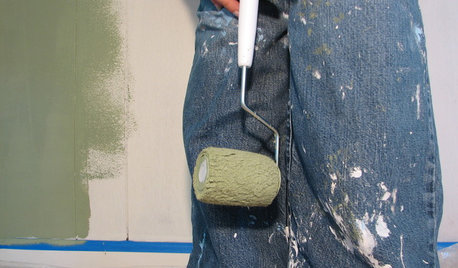
PAINTINGHelp! I Spilled Paint on My Clothes — Now What?
If you’ve spattered paint on your favorite jeans, here’s what to do next
Full Story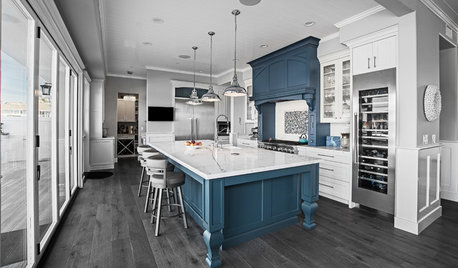
LATEST NEWS FOR PROFESSIONALSDesigning a Business: When and How Do I Outsource My Work?
Design business coach Chelsea Coryell weighs in on when you may need help and what another pro can take on
Full Story
FUN HOUZZEverything I Need to Know About Decorating I Learned from Downton Abbey
Mind your manors with these 10 decorating tips from the PBS series, returning on January 5
Full Story
INSIDE HOUZZInside Houzz: Updates to the Houzz App for iPhone and iPad
With a redesign and new features, the Houzz app is better than ever
Full Story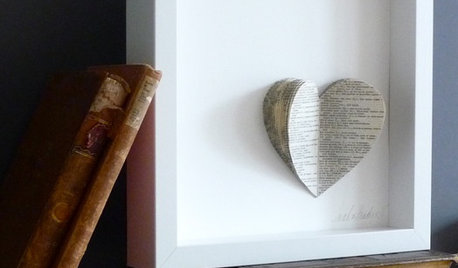
DECORATING GUIDESSay 'I Do' to Beautiful Wedding Memory Displays
You'll love and cherish these creative vignettes, artwork and more that keep the happiness of your special day at hand
Full Story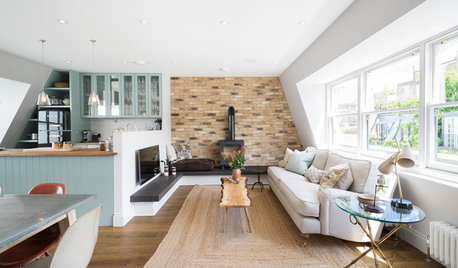
REMODELING GUIDESWhere Do I Start When Renovating My House?
Eager to get going on a project but not sure where to begin? Read this practical guide to getting started
Full Story
DECORATING GUIDESDesign Dilemma: I Need Lake House Decor Ideas!
How to Update a Lake House With Wood, Views, and Just Enough Accessories
Full Story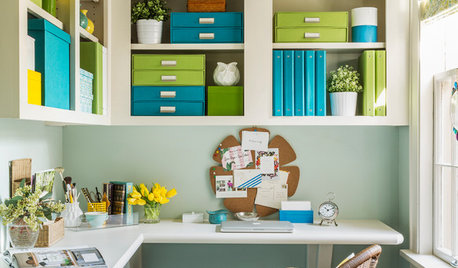
LATEST NEWS FOR PROFESSIONALSDesigning a Business: How Do I Set My Pricing Structure?
Design business coach Chelsea Coryell breaks down how home pros can determine what to charge for their services
Full Story


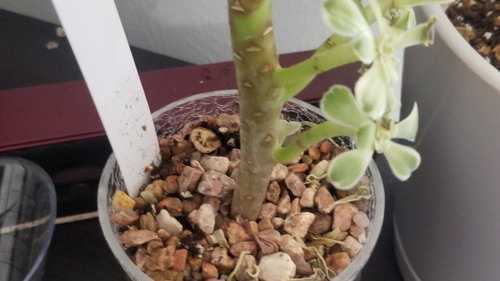
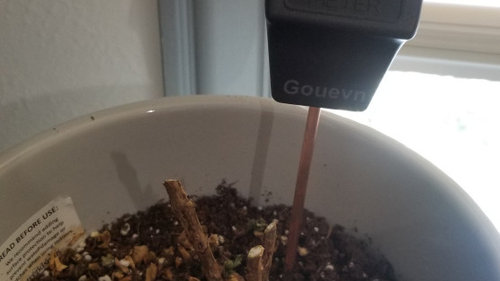

ken_adrian Adrian MI cold Z5
luis_pr
Amanda Klug-Martin
gardengal48 (PNW Z8/9)
Amanda Klug-Martin
Kris May
cearbhaill (zone 6b Eastern Kentucky)
gardengal48 (PNW Z8/9)
Tiffany, purpleinopp Z8b Opp, AL
gardengal48 (PNW Z8/9)
floral_uk z.8/9 SW UK
tapla (mid-Michigan, USDA z5b-6a)
Tiffany, purpleinopp Z8b Opp, AL